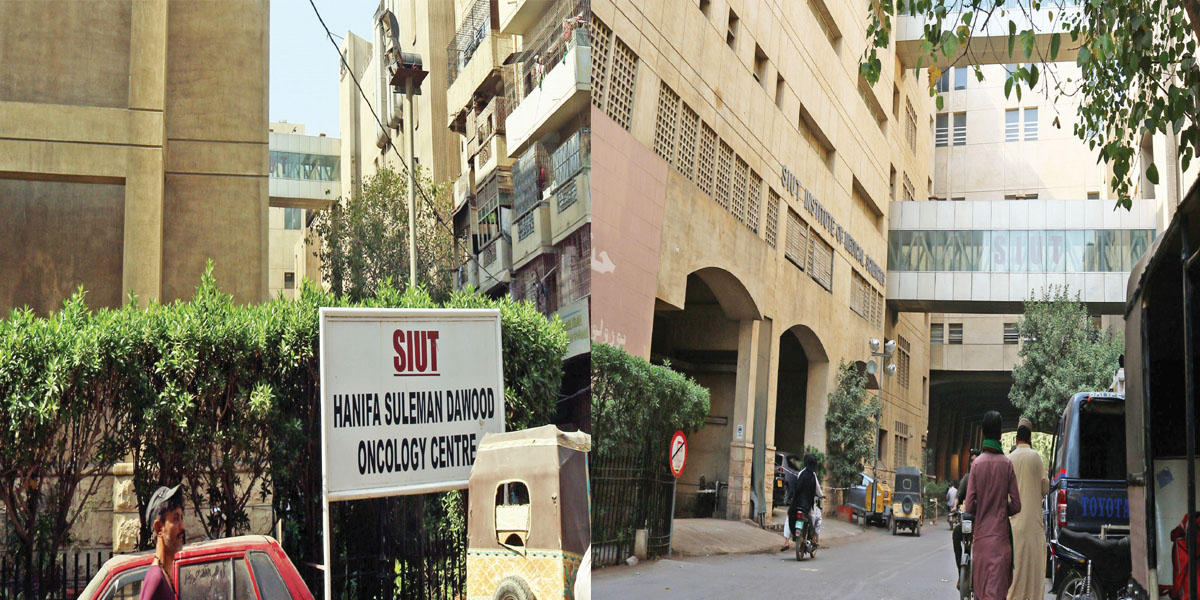One of the top innovations in the field of surgery has come to Pakistan with the country’s first Centre of Excellence in Robotic Surgery and Training established at the Sindh Institute of Urology and Transplantation (SIUT).
The first robot, the Da Vinci Surgical System, was acquired by the government of Sindh in 2017 from Intuitive Surgical in the US. The system was used by the Dr Ruth K.M. Pfau Civil Hospital Karachi and the SIUT, and the robot was later moved to a dedicated robotic surgery unit at the SIUT. According to a statement issued by SIUT, the robotic unit had started with urological surgeries, and soon they would be followed by colorectal and gynaecological surgeries.
Robotic surgery offers many benefits to patients compared to regular surgery. This includes shorter hospitalisation, reduced pain and discomfort, faster recovery time and return to normal activities, smaller incisions, resulting in reduced risk of infection, reduced blood loss and transfusions and minimal scarring.
According to medical experts, relying on doctors’ capabilities alone can no longer meet societal needs. As the scope of medical services expands, from surgery to rehabilitation, and for the changing needs of an aging society, the demand for robot-assisted medicine is growing.
There is also a shortage of human resources and high medical labour costs. Meanwhile, people have increasing expectations for quality medical care, anticipating that all surgery should be error free. These needs drive the development of robotic and artificial intelligence-assisted technologies.
Professor Tariq Mehmood, head of the radiology department, CyberKnife and TomoTherapy, Jinnah Postgraduate Medical Centre (JPMC) stated, “Robotic surgery is an advanced form of minimally invasive or laparoscopic surgery where surgeons use a computer-controlled robot to assist them in certain surgical procedures. The robot’s hands have a high degree of dexterity, allowing surgeons the ability to operate in very tight spaces in the body that would otherwise only be accessible through open (long incision) surgery.”
Regarding its contemporary importance, he stated, “Robot-assisted surgical procedures have taken over traditional surgery worldwide. Despite the tremendous increase in utilisation, there are currently no validated curricula to train residents in robotic surgery. Robot-assisted surgery in the teaching institutions is the need of the era. Modern methods of training are being introduced at a rapid pace and are being adopted in surgical practice.”
No institutes
While in the world micro-robots have taken over, we don’t have any institution regarding training of robot-assisted surgical procedures, Dr Tariq explained. “A significant number of doctors of our country also serve abroad, especially in the Middle East. To move on with the trends of the world, it is necessary for our medical experts to meet, get exposed and trained with the latest technology.”
This is an era of transformation of surgical education and training. Modern methods of training are being introduced at a rapid pace and are being adopted in surgical practice not only to improve the outcomes and patient satisfaction, but also to provide an opportunity to develop a new well-structured training curriculum by integrating both traditional and modern approaches to teach and learn surgical skills.
Various surgical simulators are in use as training aids and are constantly undergoing further refinement and development. To achieve a smooth transition in surgical training to modern methods, a structured programme has to be developed and validated to bridge the gaps in terms of safety, efficiency and ethics during the training process.
‘A new chapter’
The former head of department (HOD) and professor of neurosurgery at JPMC Dr Raza Khairat Rizvi termed this initiative a ‘new chapter’ in the medical field.
“The Centre of Excellence in Robotic Surgery and Training at SIUT will be marked as a milestone in the medical history of Pakistan. This technology is going to be helpful and minimise the manpower but it needs experts in the field which SIUT is going to deliver.”
While talking about the success rate, Dr Rizvi said that although still in its infancy, robotic surgery has already proven itself to be of great value, particularly in areas inaccessible to conventional laparoscopic procedures. “It remains to be seen, however, if robotic systems will replace conventional laparoscopic instruments in less technically demanding procedures.”
Dr Rizvi also expressed his concern over the cost of the technology and further said, “Rapid technological development brought opportunities, as well as new challenges. It is expensive and needs huge investment and definitely the working cost is also high. Public sector hospitals and large private hospitals can afford that and also need skills to operate them.”
Whether or not the benefit of its usage overcomes the cost to implement it remains to be seen and much remains to be worked out, he explained. “Researchers must evaluate cost effectiveness or a true benefit over conventional therapy for robotic surgery to take full root.”
He also critically reviewed the medical system of the province and commented, “It’s not very new but in Pakistan these facilities are new and can be revolutionary but unfortunately we are running after robotic surgery in a province where hospital spaces are being used for cattle and goats farming.”
He observed that surgical robotics is a new technology that holds significant promise. “Robotic surgery is often heralded as the new revolution and it is one of the most talked about subjects in surgery today. Up to this point in time, however, the drive to develop and obtain robotic devices has been largely driven by the market.”

















